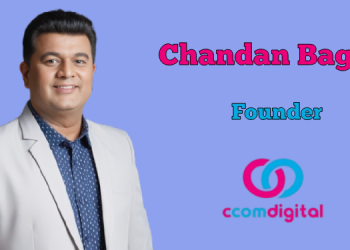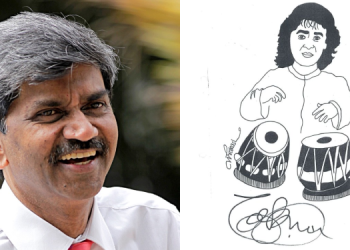The entertainment industry is rapidly evolving as traditional broadcast merges with digital platforms, leading to a significant transformation in content creation, distribution, and consumption. This convergence is not merely a technological advancement but a fundamental reshaping of the industry where television, OTT services, and digital content are becoming interconnected. As media consumption habits shift towards on-demand and interactive experiences, the fusion of broadcast and digital is setting new standards for how audiences engage with entertainment.
The Rise of Hybrid Viewing Experiences
Hybrid viewing experiences are redefining the way content is consumed, blending the best aspects of traditional and digital media. Broadcasters are increasingly incorporating digital features, such as interactive content, live polling, and social media integration, to create more engaging and dynamic experiences for viewers. The proliferation of smart TVs, streaming devices, and mobile apps has enabled audiences to switch between live TV and streaming services effortlessly. For instance, a viewer can watch a TV show on their television, access bonus content on their smartphone, and interact with other fans online—all in real-time. This seamless integration is not just enhancing viewer satisfaction but also redefining the boundaries of traditional broadcasting.
The Power of Omni-Channel Distribution
An omni-channel approach is now essential for success in the entertainment industry, ensuring that content reaches audiences across a multitude of platforms. This strategy allows content creators to distribute their material on traditional broadcast channels, streaming platforms, social media, and mobile applications simultaneously. The key advantage of omni-channel distribution is that it meets audiences where they are, catering to different viewing preferences and habits. This approach also opens up new avenues for monetization, as content can be tailored for each platform to maximize engagement and revenue potential. By leveraging an omni-channel strategy, broadcasters and digital platforms can maintain a competitive edge in an increasingly fragmented media landscape.
Audience-Centric Approach
As the entertainment industry becomes more data-driven, there is a growing emphasis on an audience-centric approach that prioritizes viewer preferences and behaviors. Digital platforms provide a wealth of data that allows content creators to analyze viewing patterns, feedback, and demographic information. This data is invaluable for refining content strategies, enabling the creation of highly personalized and targeted experiences. For example, streaming platforms use algorithms to recommend shows based on past viewing habits, enhancing the relevance and appeal of the content. This shift towards audience-centricity not only boosts engagement but also fosters a deeper connection between viewers and the content they consume.
Challenges and Opportunities in Blending Broadcast with Digital
The convergence of broadcast and digital presents both challenges and opportunities. One of the primary challenges is managing the competition and ensuring content stands out in a crowded marketplace. Broadcasters must continuously innovate to differentiate their offerings and meet evolving consumer expectations. Additionally, there are technical and operational hurdles, such as ensuring seamless integration across platforms and maintaining content quality. However, the opportunities are equally compelling. The blending of broadcast and digital opens up new revenue models, such as targeted advertising, subscription services, and interactive content, which can drive audience engagement and increase profitability. Furthermore, this convergence allows for a broader, global audience reach, breaking down geographical barriers that once limited traditional broadcasting.
The future of entertainment is being shaped by the convergence of broadcast and digital, creating a dynamic and interconnected ecosystem that aligns with the changing needs of modern audiences. As these platforms merge, we are witnessing the emergence of hybrid viewing experiences, the power of omni-channel distribution, and a focus on personalized, audience-centric content. While challenges remain, the potential for innovation, new revenue streams, and expanded global reach offers exciting possibilities. The entertainment industry is on the cusp of a new era where content is not only consumed but also experienced in diverse and interactive ways, redefining the essence of entertainment in the digital age.

















